9 New Rules of Coworking
As tenants redefine their needs, the shared-office business is reshaping itself to meet them. Here's how.
In the four years since the rules of coworking were upended by a pandemic, the sector has evolved, responding to macroeconomic shocks and the misfortunes of the office sector.
What has emerged is a product that is more nimble, more attuned to what its lessees and their employees want from a workspace.
“When it comes to their real estate portfolio, nearly every company, from a Fortune 500 to a small startup, is looking for flexibility in space, time, and cost—exactly what flexible workspaces offer,” said Luke Robinson, vice president & head of leasing for the U.S. and Canada at WeWork. “This means turnkey, amenity-driven workspaces, shorter leases on flexible terms, and the ability to keep costs agile by scaling their space up or down as their business needs change.”
WeWork recently partnered on a survey of 500 U.S. and United Kingdom business leaders which found that 72 percent of companies aim to increase their workspace over the next two years, with 43 percent planning to utilize coworking or flexible workspaces.
“It’s not just business leaders who want their teams to come back to the office,” said Robinson. “Workers want to be there too.” In such cities as Los Angeles and San Francisco, where office vacancy rates remain high, coworking is thriving.
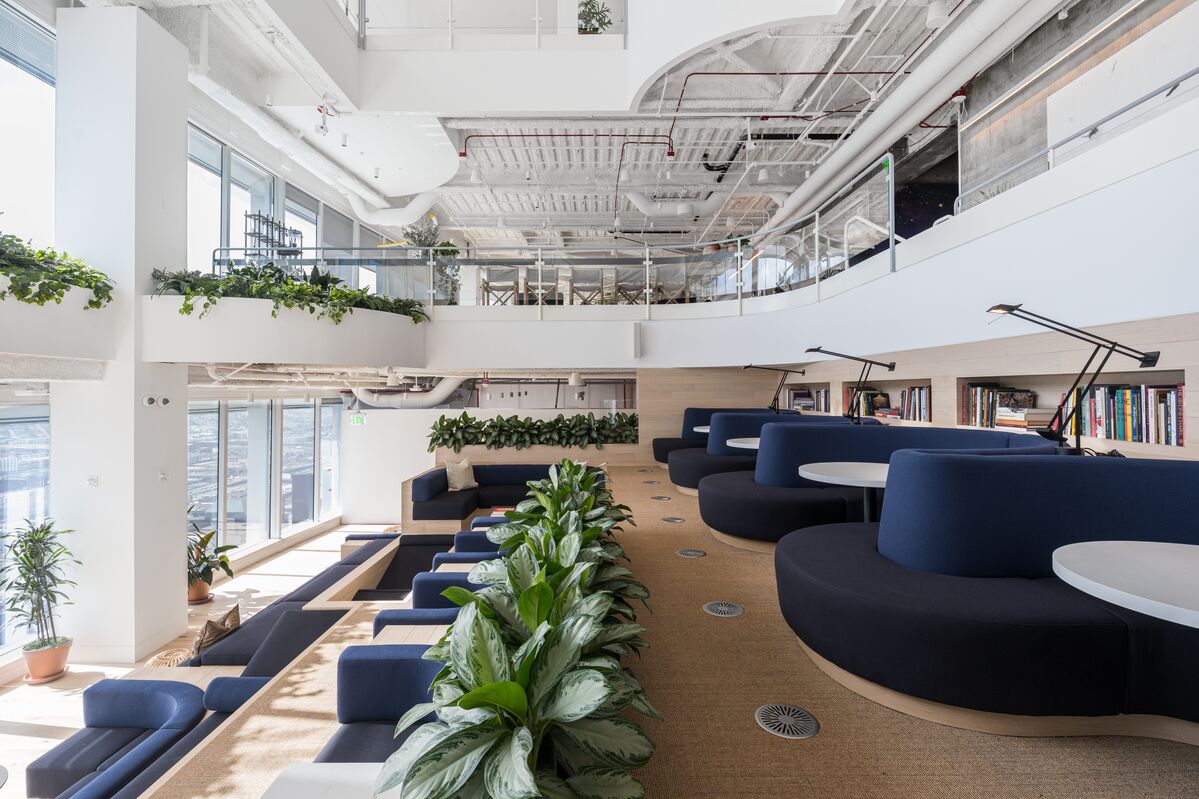
Companies of all sizes have increasingly embraced hybrid work, said Mark Dixon, CEO of International Workplace Group, whose coworking offerings include Regus, HQ, Spaces and Signature.
According to IWG’s data, 74 percent of CFOs are moving or looking to move to shared office or flex space. Sixty-four percent have already reduced their space in response to hybrid work. Meanwhile, 73 percent of businesses have reduced office space costs by downsizing their central headquarters.
Here are nine new rules to the new coworking landscape:
1. Tenant pools are more diverse
The demand for flexible workspace is unlikely to slow down anytime soon. Startups, entrepreneurs and tech companies remain a large part of WeWork’s member base, but a growing number of financial, legal and other professional services firms are aiming to supplement or replace their office space. As Robinson put it, “These days, everyone wants flexibility.”
2. Commutability matters
Following the COVID-19 pandemic, many employees turned against the idea of a long daily commute, and there’s no rush to embrace it again. “The toothpaste can’t be put back in the tube,” said Sarah Travers, CEO of Workbar. “You don’t need to commute into the city to find a dynamic and productive place to work.”
According to IWG’s latest findings, 9 out of 10 CEOs believe that hybrid work represents the future. That’s fueling a desire to work locally, with 60 percent of employees preferring a workspace within 15 minutes of home. “Employees are no longer willing to endure long, costly commutes to city center offices, and employers are seeing many benefits from this new model, including increased productivity and heightened employee satisfaction,” Dixon said.
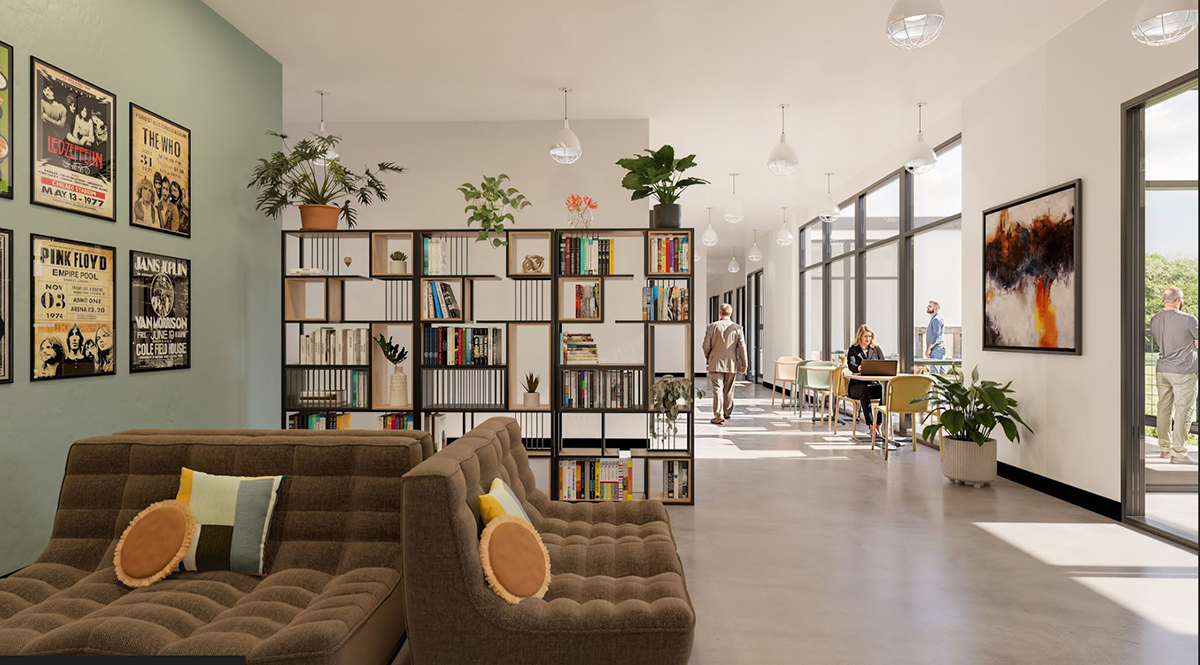
3. Suburbs are gaining ground
Many of those who decamped to the suburbs—or were commuting into cities—are now showing a desire to stay a little closer to home. At least most of the time.
“Our brands are primarily in the suburbs where the people live and the biggest shift in work is away from the central business district,” said John Herring, president & partner at FUSE Workspace. “People are telling employers, ‘We don’t want to drive 45 minutes each way, we’d rather drive 10 or 15.’ So a flight to the suburbs, in terms of Class A office space, is what we’re seeing.”
Enhanced work-life balance is crucial in that kind of decision, as are cost savings, access to a diverse talent pool and improved employee well-being. “The suburbs also foster a strong sense of community and connectivity, which is why work-play-live communities are becoming so popular,” said Travers.
“While the shift to living in the suburbs started during the pandemic, it continues to be popular with employees increasingly wanting to work where they live,” said Dixon, who noted that employees have been influenced by the cost savings associated with working locally. Walkable commutes and wellness-focused amenities, such as green spaces, are also part of properties’ appeal in certain towns, as well as in big cities.
4. Location is key—even within cities
People increasingly want to work outside central business districts, often within their communities. This doesn’t necessarily mean leaving cities–a shift is happening within major metropolises as well in their bedroom communities.
“While cities will continue to play a significant role in the network of workspace that people access, the value of the space will depend heavily on its location,” said Travers. “If it’s in the wrong neighborhood, it simply won’t hold value.”
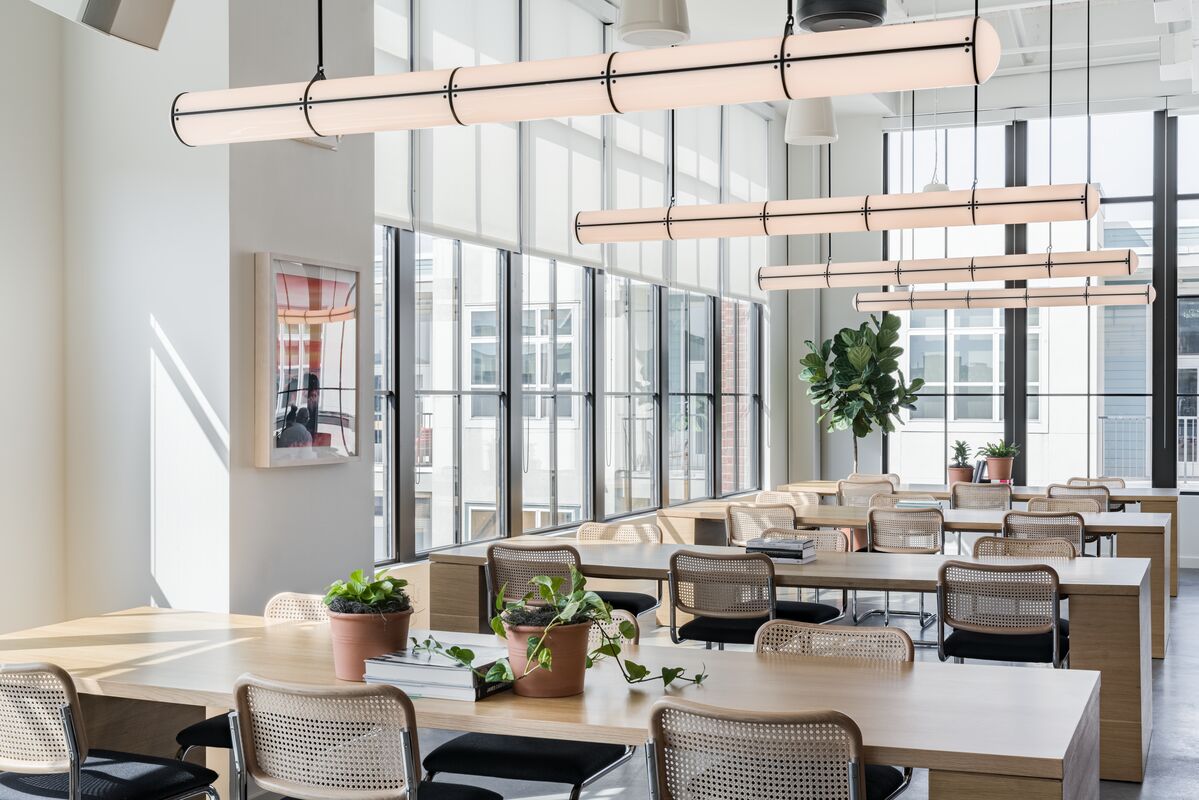
Both companies and employees have been more interested in opportunities outside business districts since the pandemic, said Robinson. “For many, this means neighborhoods closer to where their employees live, convenient to public transit and located near great restaurants, shops and more.”
In New York City, for example, there hasn’t only been a shift toward the suburbs, but toward neighborhoods outside the corporate hubs of Midtown Manhattan and the Financial District. While those remain popular office spots, WeWork’s most booked locations this year have been near Union Square, south of Midtown Manhattan, and the Williamsburg neighborhood of Brooklyn.
5. Shorter leases are here to stay
“Even if a company has a clear picture of its future real estate needs, it no longer wants to commit to a 10- or 15-year lease if it doesn’t have to,” said Robinson.
This reflects the new norms of the sector writ large, but perhaps none more so than the shift to hybrid work. With employees around less frequently, tenants are reluctant to enter into long-term contracts for space that may be underutilized.
6. Flashy features don’t always rule
The most in-demand amenities are those that foster connection and collaboration, said Robinson. “Our members rank amenities high on their list of needs from an office space, and, oftentimes, the most sought-after ones aren’t as flashy as you might think.” For WeWork, meeting rooms equipped with the latest technology, spaces designed to support different workstyles and event programming are the most popular.
Creating an experience distinct from either a corporate office or working from home is key, said Travers. So is emphasizing activity and output over the utilization of space. “Our approach allocates more than half of the physical layout to activity-based neighborhoods, fostering an environment where individuals and teams can come together, be productive and feel fulfilled.”
7. The appeal of the entire office matters
While the quality of an employee’s individual workspace is vital, room for collaboration, meeting colleagues and hosting events is also important to tenants and their employees.
“Overall demand for traditional office space is expected to continue to shrink and get reshuffled,” said Travers. “Work is becoming more distributed, with offices evolving into networks and coworking spaces playing a crucial role in this new landscape.” Companies need customizable solutions so they can adapt quickly, and this includes the ability to minimize or maximize space.
“While amenities like fitness centers and golf simulators appeal to corporate decision-makers, they are often underutilized by employees,” Travers added. Increasingly, however, decision-making is becoming more decentralized, with employees and individuals being consulted on how to best use space.
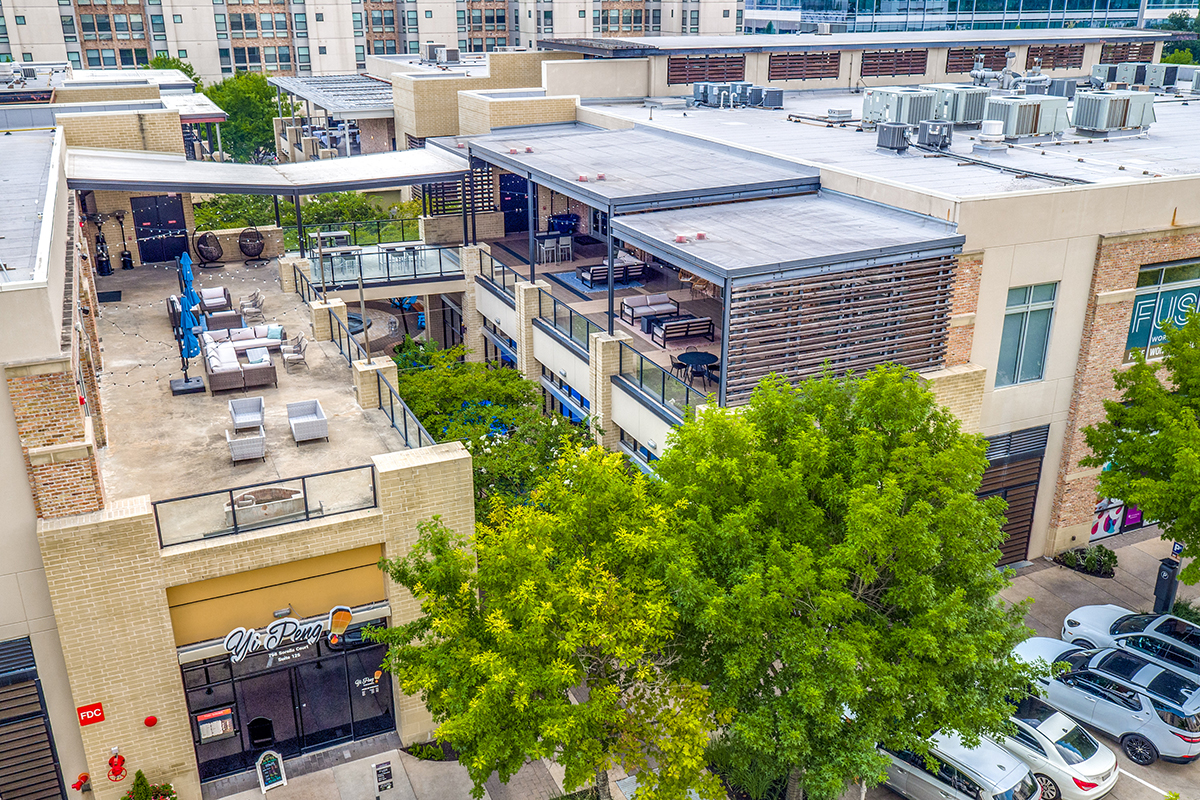
8. The employee experience matters, too
“The most common expectation we hear from companies is that they want their employees to look forward to coming into the workspace,” said Travers. “At Workbar, we’ve prioritized the member experience so that when people miss a day or two, they feel they’re missing out on something that enriches their overall well-being.”
A critical part of this well-being can be the human interaction aspect. Visiting a coworking spot in your own neighborhood can be a way to socialize and meet new people, especially for those who are relatively new to a place.
“For some, remote work can be lonely, and we’ve seen many remote workers choose to come to WeWork so they can be around people, attend our networking events and socialize,” said Robinson.
9. More opportunities for mixed-use, standalone locations
As the office market remains shaky, coworking providers are looking beyond traditional office properties.
“Workbar has a proven coworking model in retail, multifamily and multi-use commercial properties,” said Travers. “Our physical layout supports work environments in all different types of properties.”
WeWork’s Bridgeview Bank in Chicago is a coworking space within a residential development. The location attracts residents, offering both the convenience of working close to home and a productive workspace separate from where they live. The company also operates a location at Brickell City Centre, a Miami mixed-use development that includes a multifamily component, retail and restaurants. For FUSE Workspace, flexibility means constructing standalone suburban properties that can be customized to maximize sunlight, placed in walkable areas and designed with coworking tenants in mind. “We can curate the fuse experience almost from the very beginning because we occupy, in most cases, the entire building,” said Herring. “From the signage to the parking, to the landscaping, to the greeting at the desk, we have the advantage of curating the experience from the very beginning. And that’s been a huge benefit.”


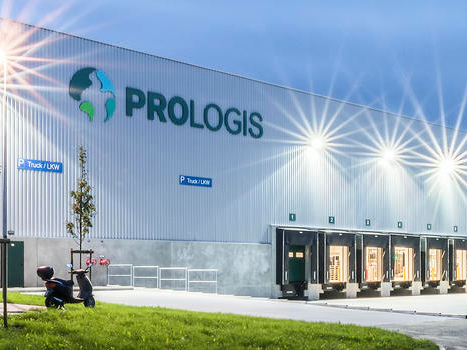
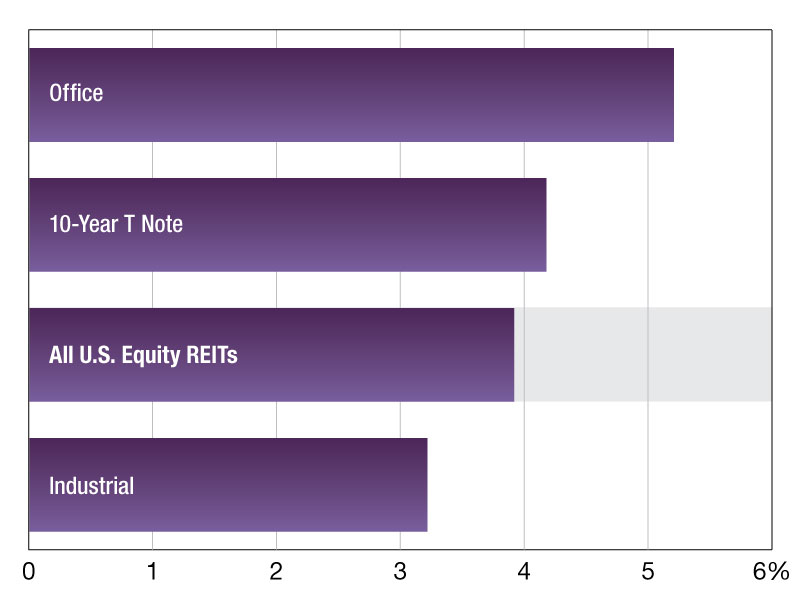
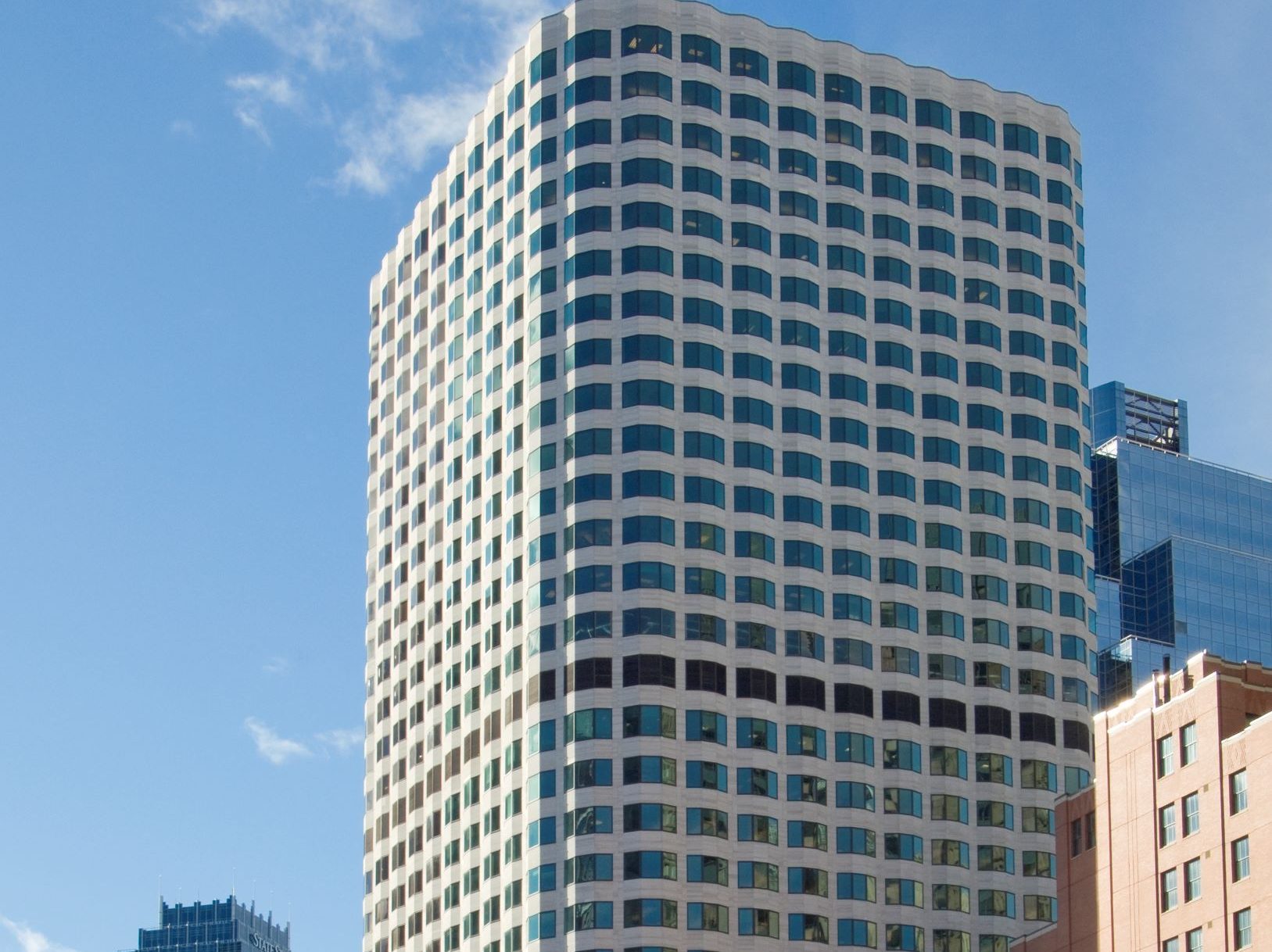

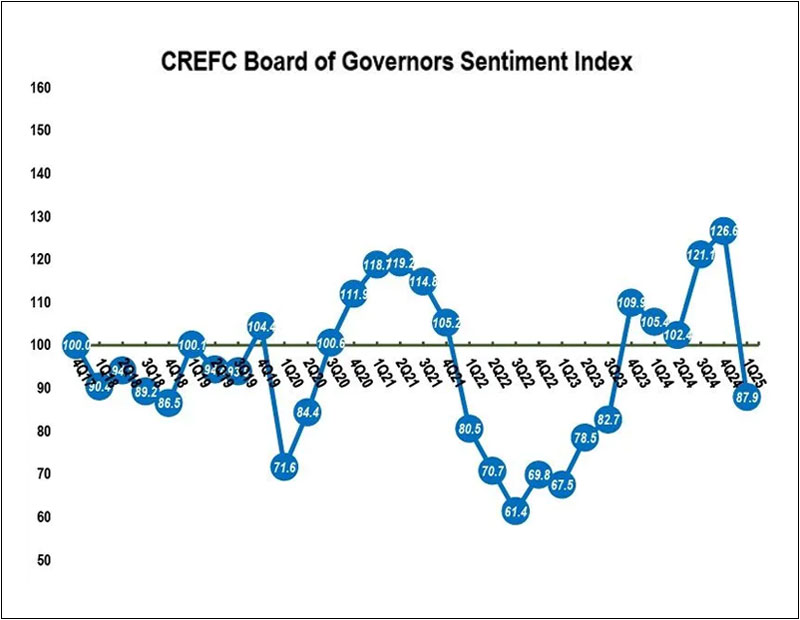

You must be logged in to post a comment.